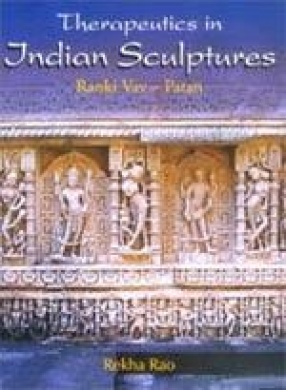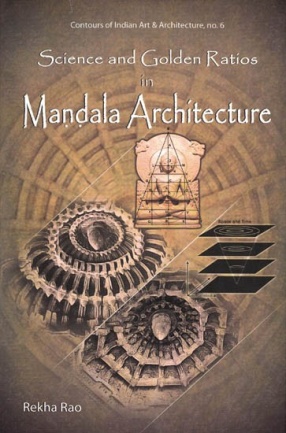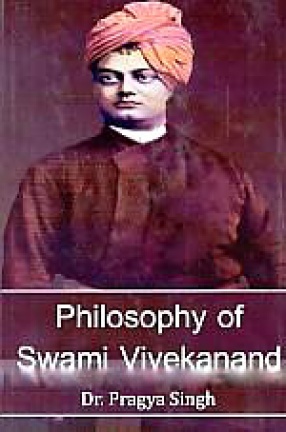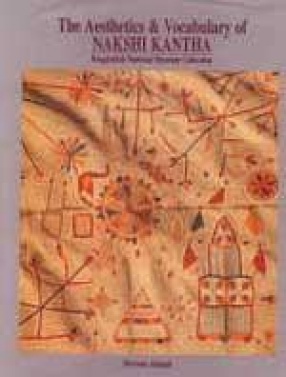India is a land known for its antiquity. Its heritage is expressed in its cultural and architectural traditions, which have transcended time and space to remains alive and appropriate even in the present. Gujarat in western India is a place with many historical monuments, the step-wells, especially the one at a place called Patan is truly a store-house of the rich cultural and religious heritage of India with stunning architectural grandeur. Ranki Vav also called as a Rani-Ki-Vev, the step-well at Patan in Gujarat State was constructed by Queen Udyamati in the AD 11th Century. The Indian art of Ranki Vav is born of deep understanding of the divin glory. The sculptures explain all aspects of life and the eternal wisdom of divinity is explained and shared with the viewers. A casual look at these sculptures may indicate that the figures of apsaras are dancing figures. But a detailed examination and analysis convey a deeper philosophical message. It is a sincere attempt philosophical message. It is a sincere attempt to relate physical health to spiritual well being. This book gives a brief introduction to the historical background and the purpose in creating this monument. The first chapter is about the external appearance of the apsara; sculptures, the pillars and the symbols, which are present in an apsara sculpture unit. In the second chapter, an attempt is made to discuss the various healing therapies that were practiced in those days for conditioning the physical body, and how and when therapies like acupressure got merged with Indian ayurvedic principles. It also explains the science of mudra vignana and its usages to establish equilibrium in the body. The third chapter gives a brief introduction to the vast and sacred philosophy of ‘Kundalini’ power and how this abstract thought is conveyed through sculptures. The fourth chapter gives some clues towards easy understanding of the apsara sculptures. The philosophy of ‘Kundalini’, and the various Gods and Goddeses of sakti are beautifully carved in this monument. In chapter five, around 50-55 apsara sculptures are described for the physical problem that is indicated, the diagnosis and the remedy for it as indicated in every sculpture and the level of mental awareness that is associated with the actions. Ranki Vav thus reflects the Hindu mind in its religious, spiritual and medical aspects. Themysterious ancient Indian culture with its varied facets of life and love for art combined with spirituality can be seen at its peak in Ranki Vav sculptures.
Therapeutics in Indian Sculptures: Ranki Vav-Patan
In stock
Free & Quick Delivery Worldwide
Bibliographic information
Title
Therapeutics in Indian Sculptures: Ranki Vav-Patan
Author
Edition
1st ed.
Publisher
ISBN
817305312X
Length
xxvi+120p., Plates; Tables; Figures; Bibliography; Glossary; Index; 29cm.
Subjects








There are no reviews yet.